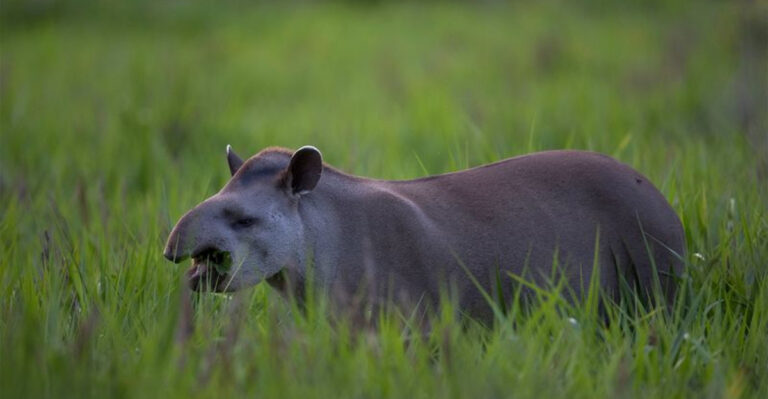22 Stunning Fish Species That Can Change Color Before Your Eyes
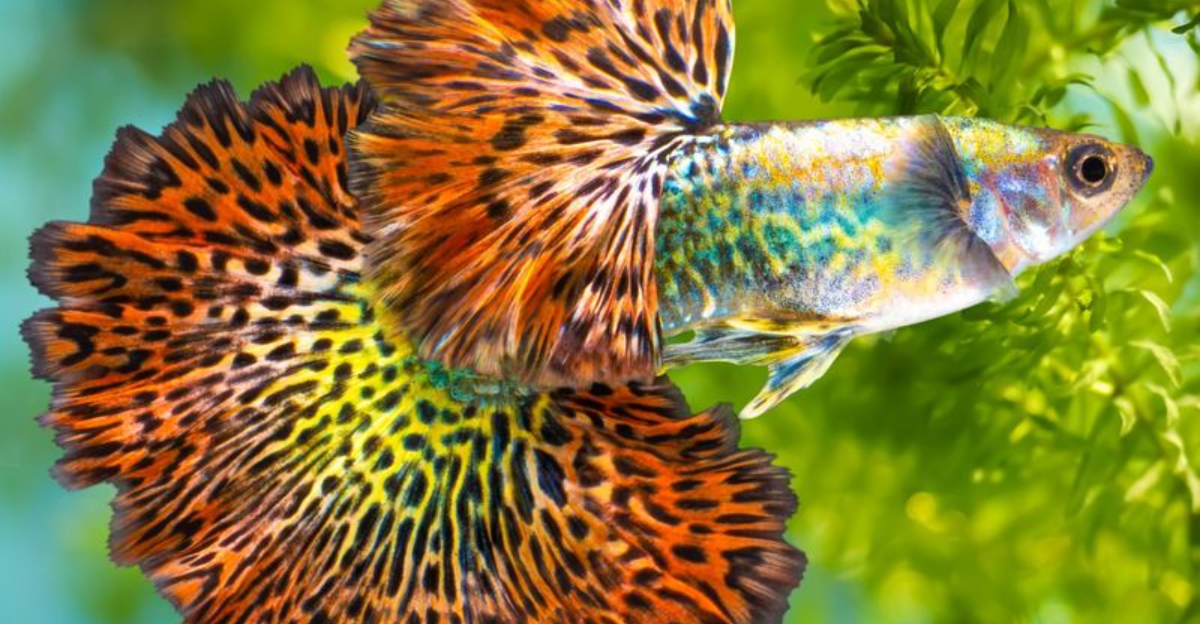
In the fascinating world beneath the waves, numerous fish possess the enchanting ability to change their colors.
This magical transformation serves various purposes, from camouflage to communicating with other marine creatures.
1. Parrotfish
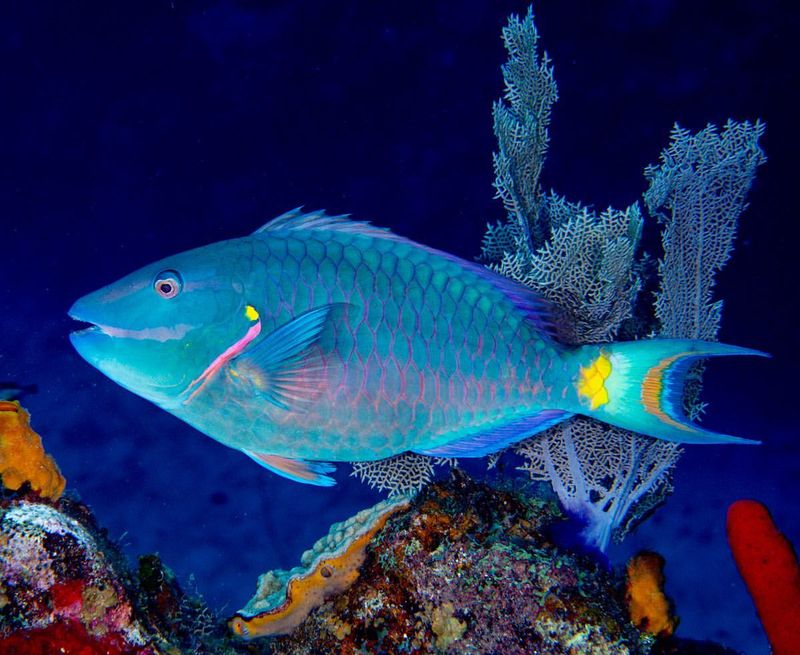
Parrotfish are renowned for their bright, changing colors as they swim through tropical waters. These fish can shift shades to blend with corals or signal to other parrotfish.
Their ability to alter colors is visually stunning and serves practical purposes. It helps them hide from predators and communicate during mating rituals.
2. Bluehead Wrasse
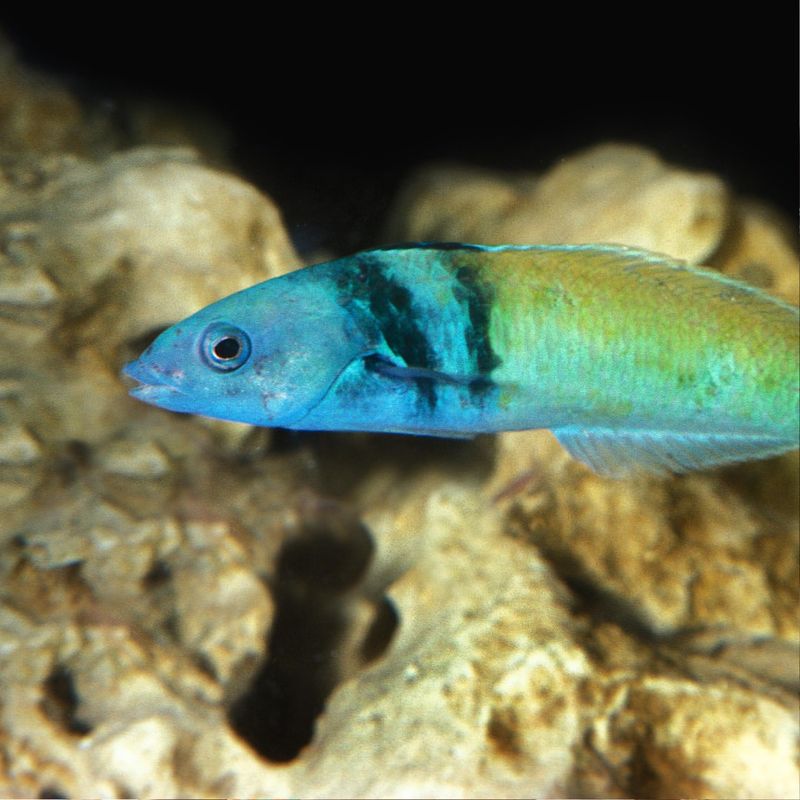
The bluehead wrasse is known for its striking blue head, which can change shades as needed. Found near coral reefs, this fish uses its vibrant hues for more than just beauty.
When threatened or during social interactions, the bluehead wrasse can alter its head’s color to communicate with others. This change is quick and effective, conveying messages to potential mates or rivals.
3. Peacock Flounder
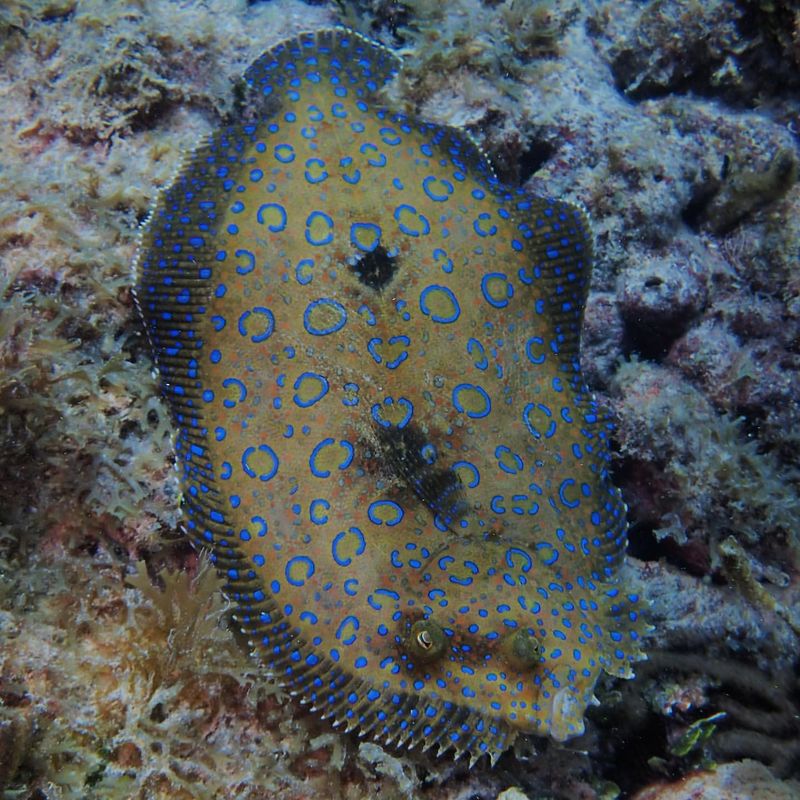
Peacock flounders are flatfish known for their remarkable ability to blend into the ocean floor. Their skin can mimic the patterns and colors of sand and rocks, providing excellent camouflage.
This ability is crucial for both hunting and evasion. By disappearing into the seabed, peacock flounders can ambush prey and avoid predators. Their color-changing is highly adaptive and can occur in just seconds.
4. Royal Gramma
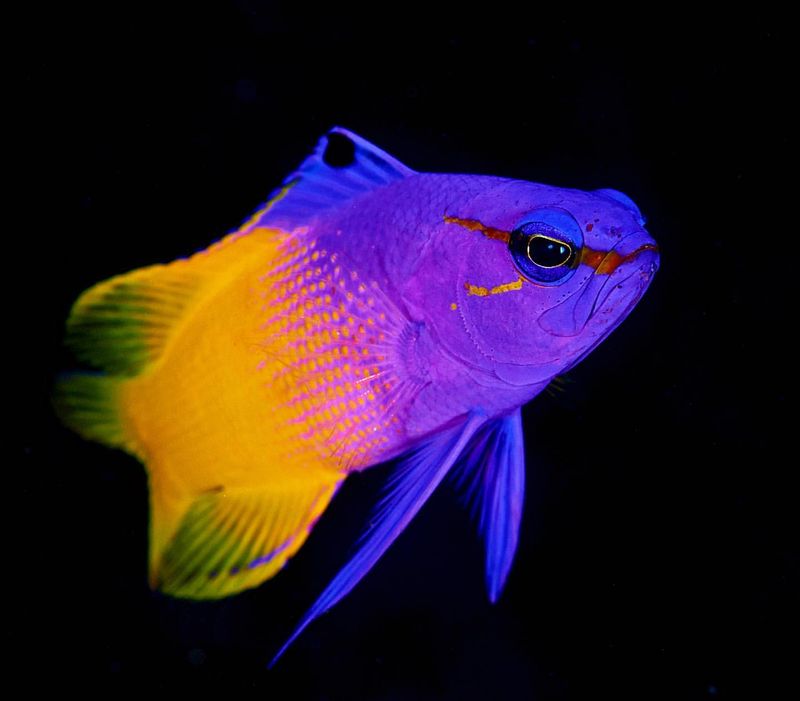
Royal grammas are small but eye-catching fish, easily recognized by their vivid purple and yellow coloration. These colors can shift subtly depending on their environment or mood.
The royal gramma uses its coloration for communication with other fish. During mating or defensive situations, their colors intensify, serving as an alert to others.
5. Mandarinfish
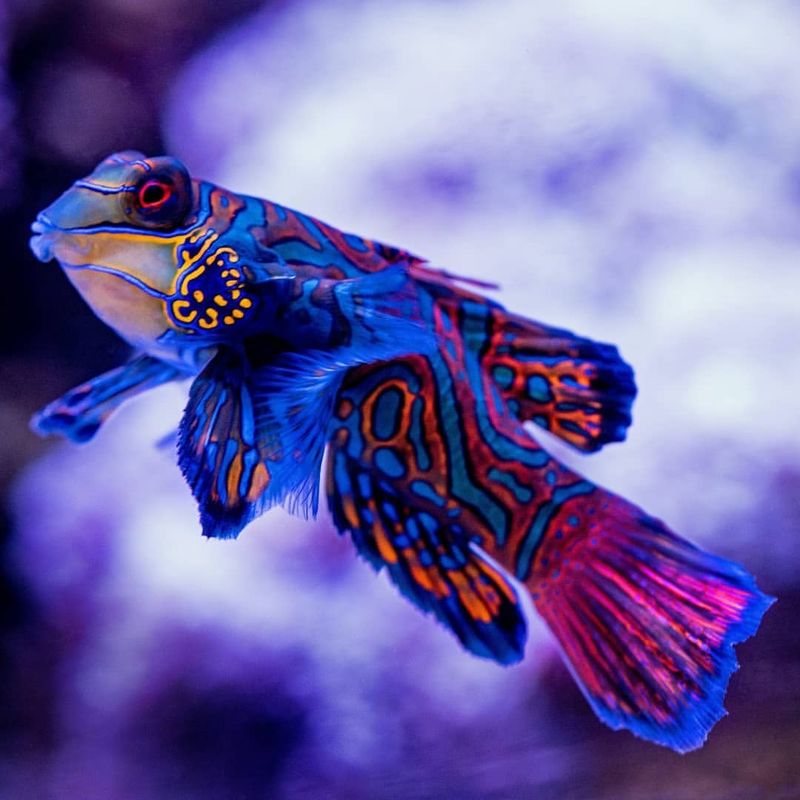
Among the reefs, the mandarinfish is a spectacle of vivid colors. This small, yet striking fish is often seen weaving through the coral, its body adorned in a kaleidoscope of blues, oranges, and greens. The unique combination of colors makes it a favorite among marine photographers.
As it moves, the mandarinfish can subtly change its color, blending with the surrounding reef. This ability helps it avoid predators and navigate its complex environment.
6. Clownfish

Clownfish, famous from movies and aquariums, exhibit subtle color changes that are essential for their survival. These changes help them maintain symbiotic relationships with sea anemones and communicate with each other.
The vibrant orange and white hues of clownfish can become more or less intense depending on their surroundings and interactions. This adjustment is crucial for blending with the anemones they inhabit.
7. Neon Tetra
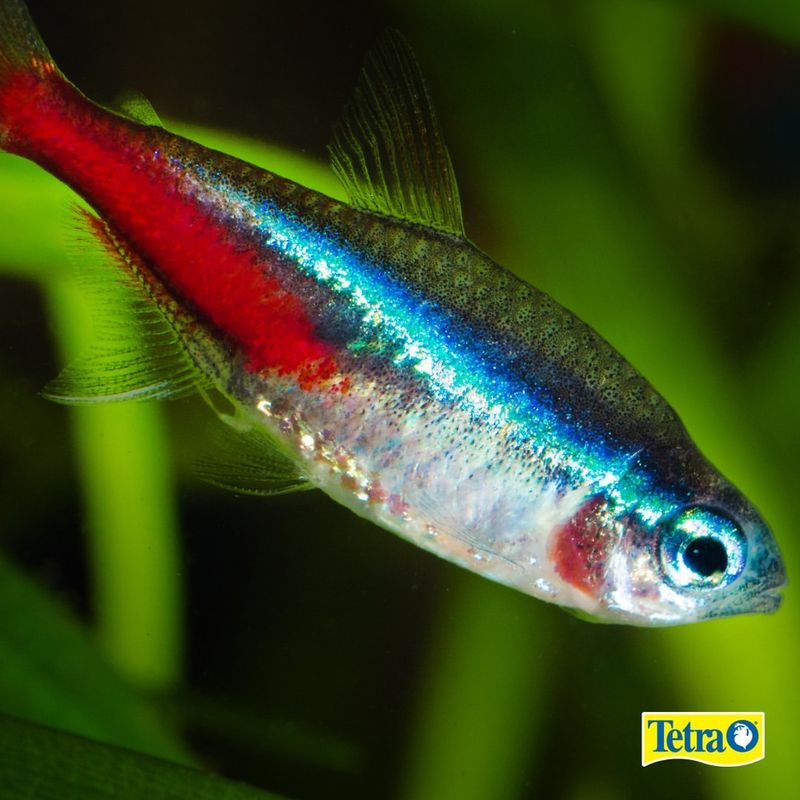
The neon tetra is a beloved freshwater fish, known for its bright, iridescent colors that shimmer in the light. These colors can change slightly depending on lighting and water conditions.
Neon tetras use their vibrant hues to communicate and coordinate within schools. These color changes help them stay cohesive as a group, enhancing their survival chances in the wild.
8. Lionfish
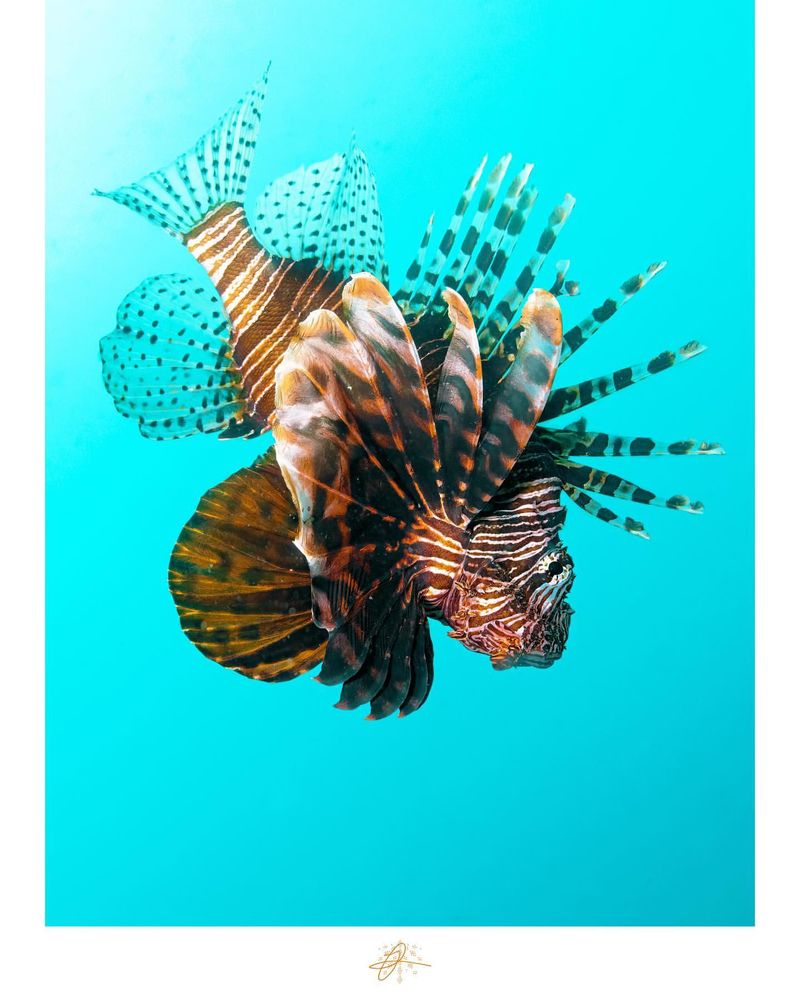
Lionfish are striking creatures, easily recognized by their distinctive stripes and spines. These fish can alter their color intensity to blend with coral reefs or stand out as a warning to predators.
Their ability to change colors is linked to their defensive strategies. By adjusting their hues, lionfish can either intimidate potential threats or quietly ambush prey.
9. Discus Fish
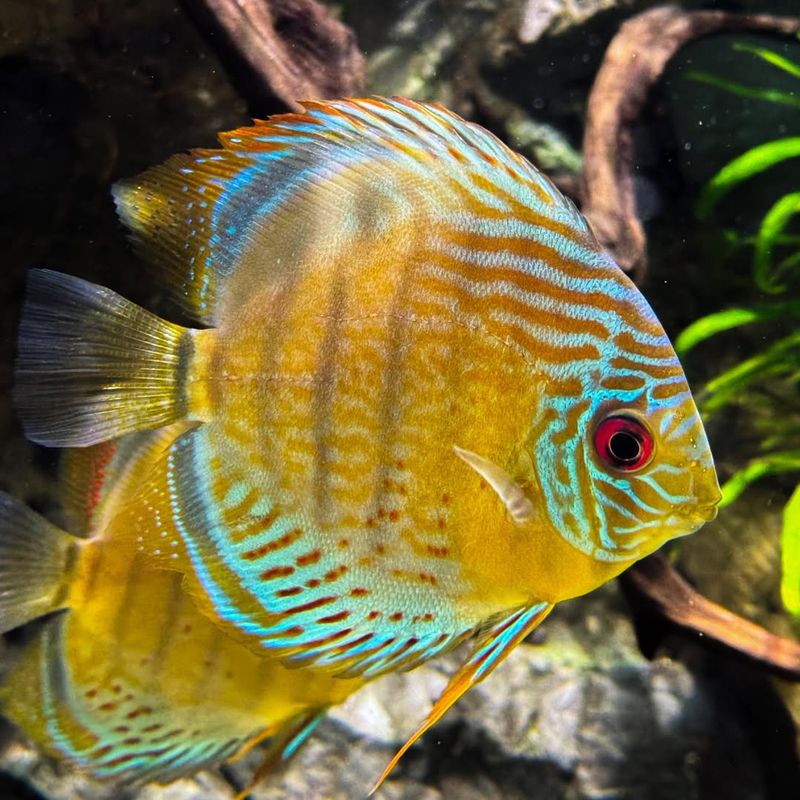
The discus fish, with its round shape and colorful patterns, is a favorite among aquarium enthusiasts. This fish can alter its colors to express mood or health conditions.
Discus fish change colors during feeding, breeding, or when stressed. These changes are signals to others about their current state, promoting social interactions and cooperation.
10. Firefish Goby
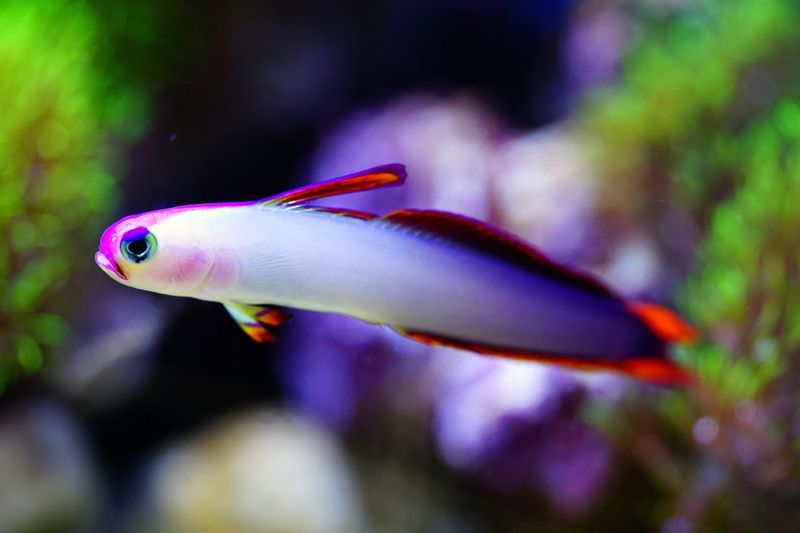
Firefish gobies are known for their stunning appearance and vibrant dorsal fin. This fin can change colors, helping them communicate and express their mood.
Color changes in firefish gobies occur when interacting with other fish, during mating rituals, or when threatened. These changes are subtle yet effective in conveying messages within their social groups.
11. Triggerfish
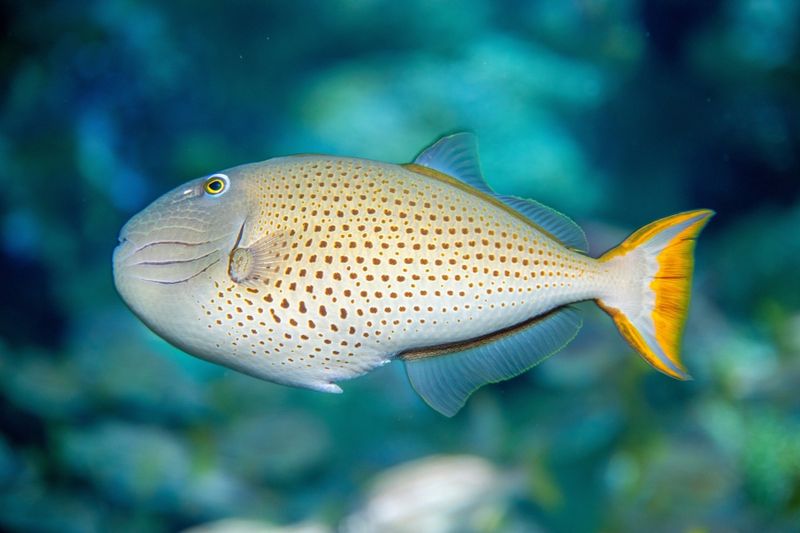
Triggerfish are known for their bold patterns and ability to change colors. This adaptability allows them to blend with the ocean floor and evade predators.
Color changes in triggerfish serve multiple purposes. They can signal aggression or readiness to mate, making them versatile communicators in their underwater world.
12. Cuttlefish
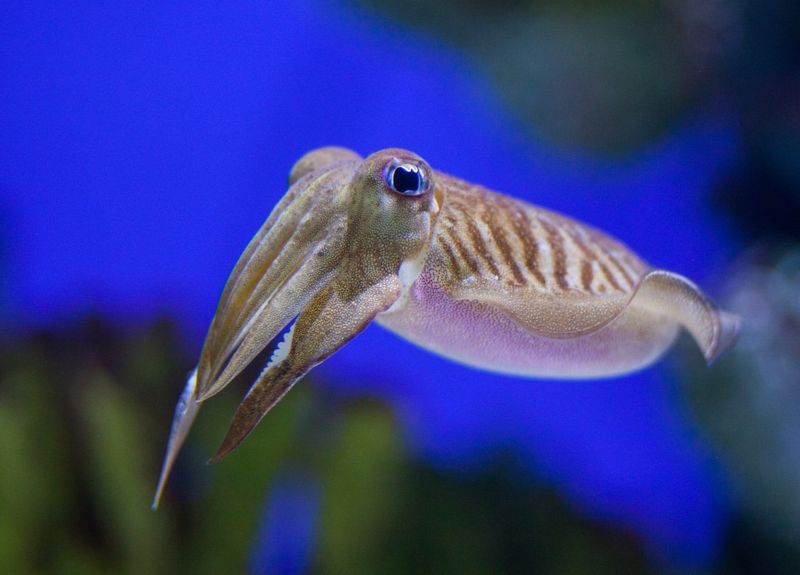
The cuttlefish is a master of disguise, often referred to as the “chameleon of the sea.” With a unique ability to shift through a spectrum of colors, the cuttlefish uses its skin to communicate and camouflage. This remarkable adaptability enables it to thrive in diverse marine environments.
Color-changing is controlled by the cuttlefish’s sophisticated skin cells. These cells can expand or contract to reveal different colors, patterns, and textures.
13. Rainbowfish
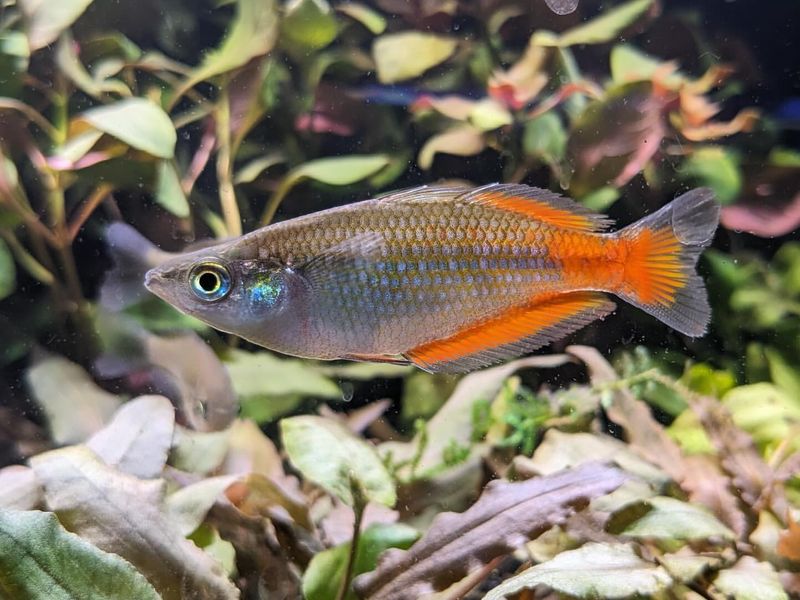
Rainbowfish are aptly named for their brilliant display of colors. Found in freshwater habitats, these fish can change hues depending on their surroundings and mood.
Their color changes are often linked to social interactions and breeding behaviors. During these times, their colors become more vibrant, attracting mates and establishing dominance.
14. Surgeonfish
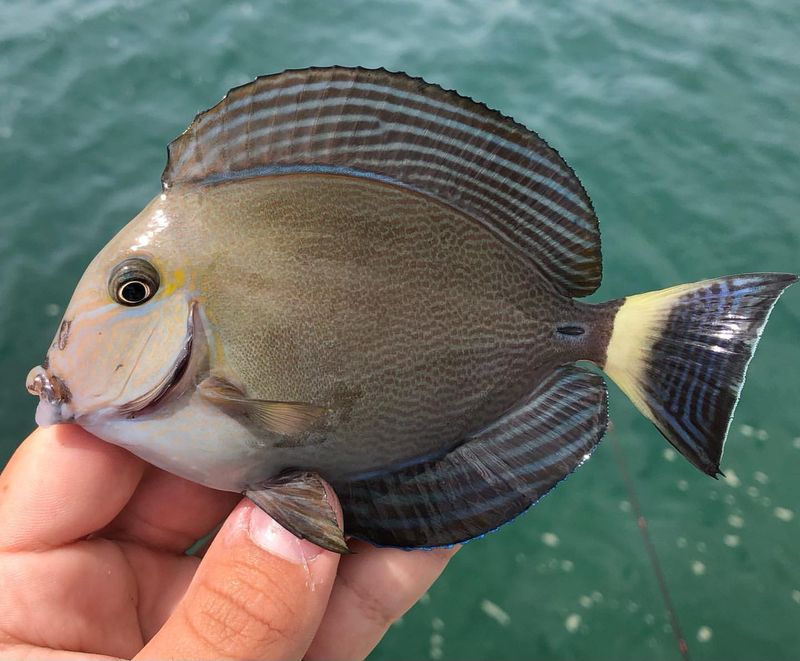
Surgeonfish are known for their distinctive body shape and vibrant colors. These fish can change their hues to communicate with others and adapt to their surroundings.
Color changes in surgeonfish are related to their social hierarchy and mating behaviors. By adjusting their colors, they can signal dominance or readiness to breed.
15. Angelfish
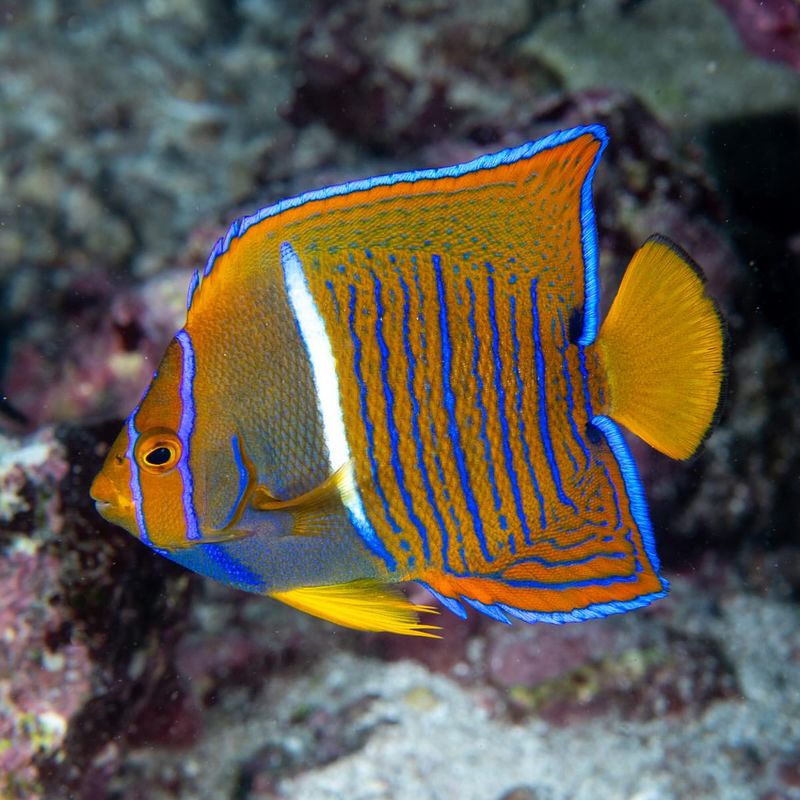
Angelfish are celebrated for their graceful movements and stunning colors. These fish can alter their hues subtly, depending on their environment and interactions.
Color changes in angelfish are associated with social behaviors and environmental adaptations. Their vibrant scales can become more or less intense to convey messages to other fish.
16. Koi Fish
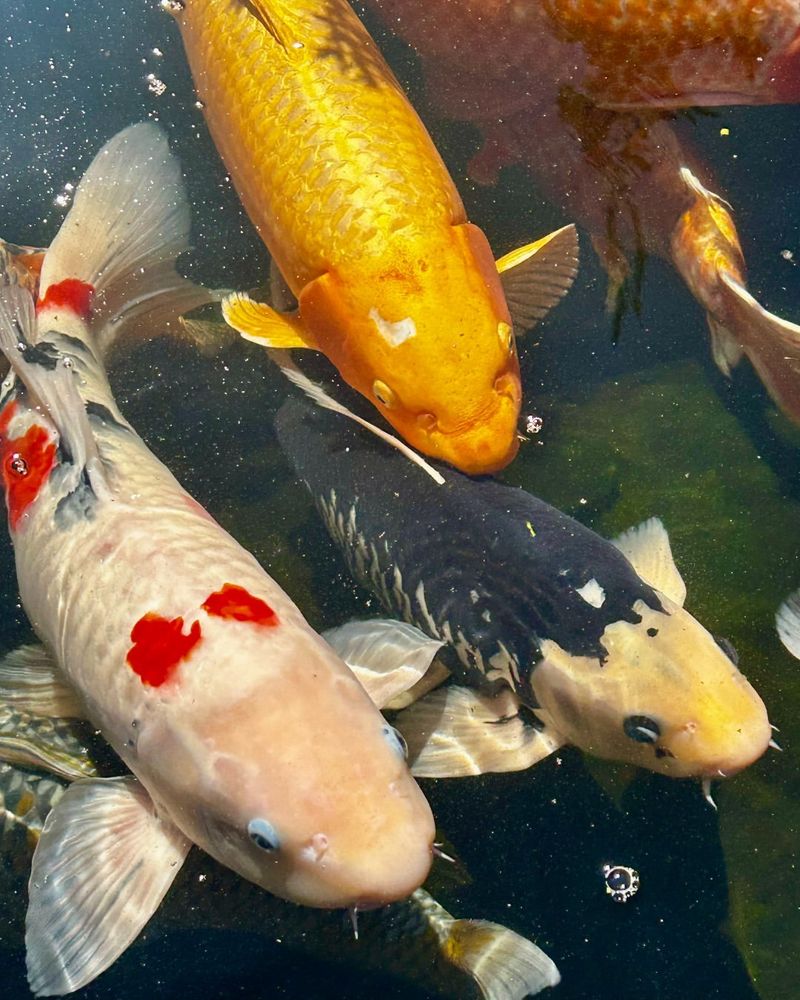
Koi fish, often found in ornamental ponds, are known for their striking colors and patterns. These fish can change hues slightly, reflecting their health, mood, and environmental conditions.
Color changes in koi are often subtle but significant, indicating their well-being and social interactions. These shifts are monitored by enthusiasts to ensure their health and happiness.
17. Damselfish
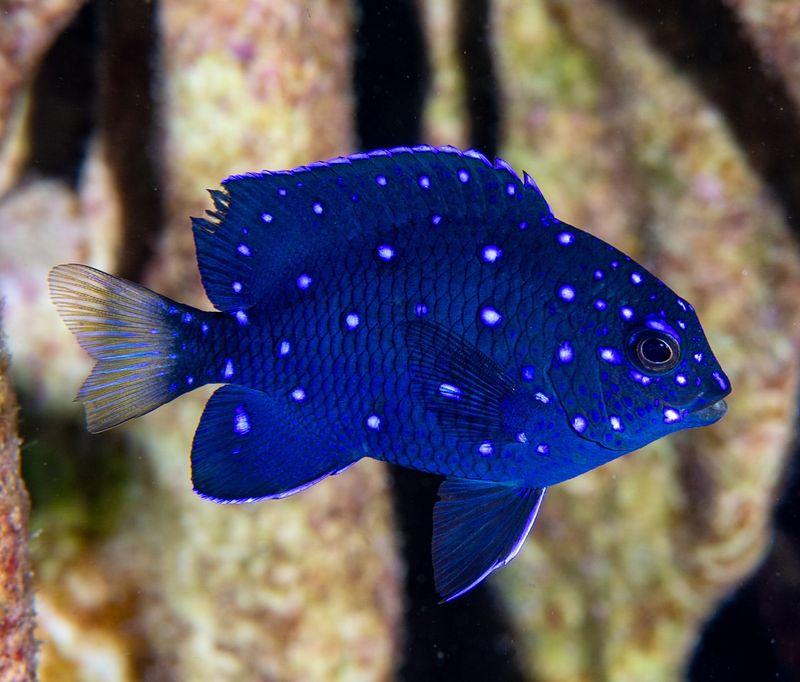
Damselfish are small yet colorful fish, often found darting around coral reefs. These fish can change their colors to communicate and adapt to their environment.
Color changes in damselfish are linked to social interactions and environmental cues. Their hues can shift during breeding or when establishing territories.
18. Guppy Fish
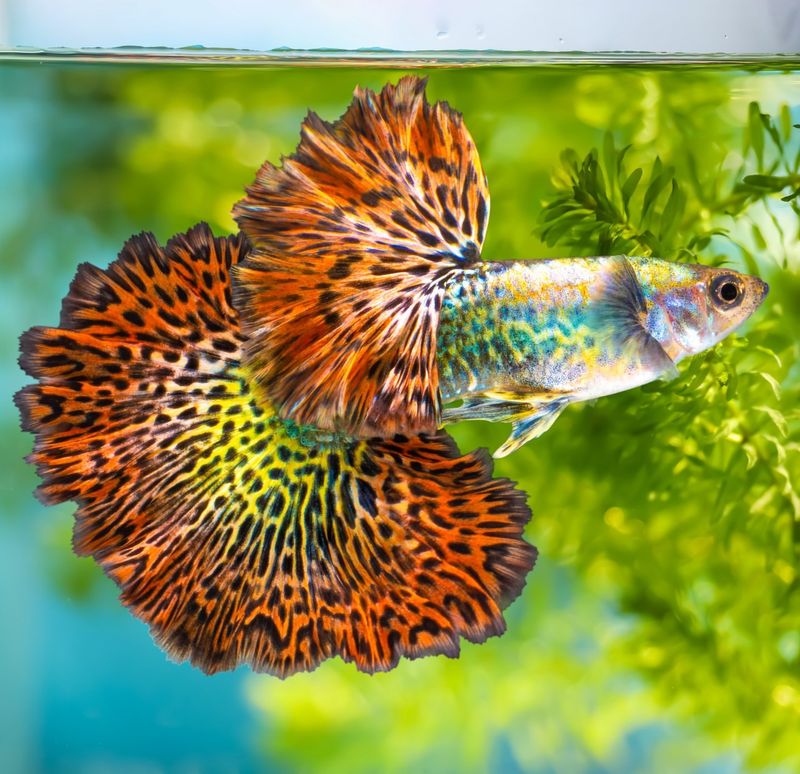
Guppies are popular aquarium fish, celebrated for their rainbow-like tails and playful behavior. These fish can change colors slightly, reflecting their mood and health.
Color changes in guppies are related to social interactions and breeding. Their vibrant hues attract mates and communicate status within their social groups.
19. Twilight Snapper
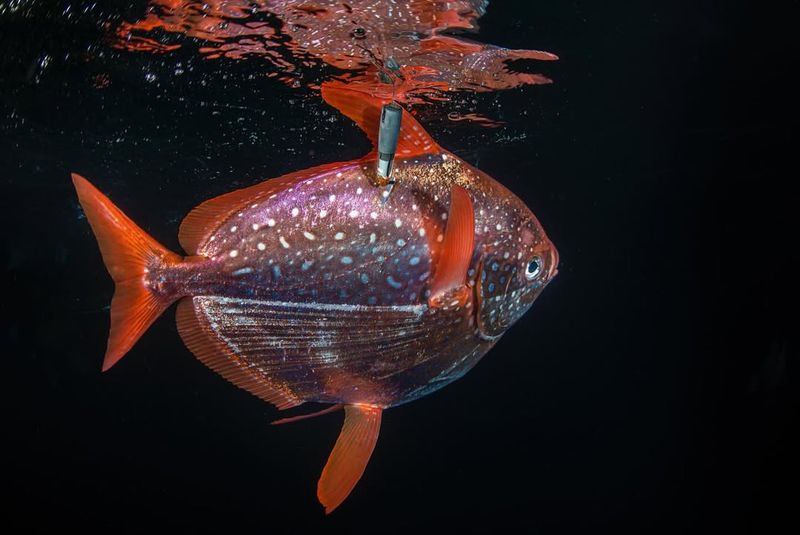
The Twilight Snapper is a true marvel of the ocean, displaying an incredible range of colors that shift with the setting sun. As daylight fades, its scales shimmer from deep indigo to vibrant pink, creating a stunning underwater light show.
This color transformation is not just for beauty. It plays a critical role in communication and mating rituals, as potential mates are drawn to the most vibrant displays. Additionally, the Twilight Snapper uses its color-changing ability to confuse predators, making it an elusive target.
20. Butterflyfish
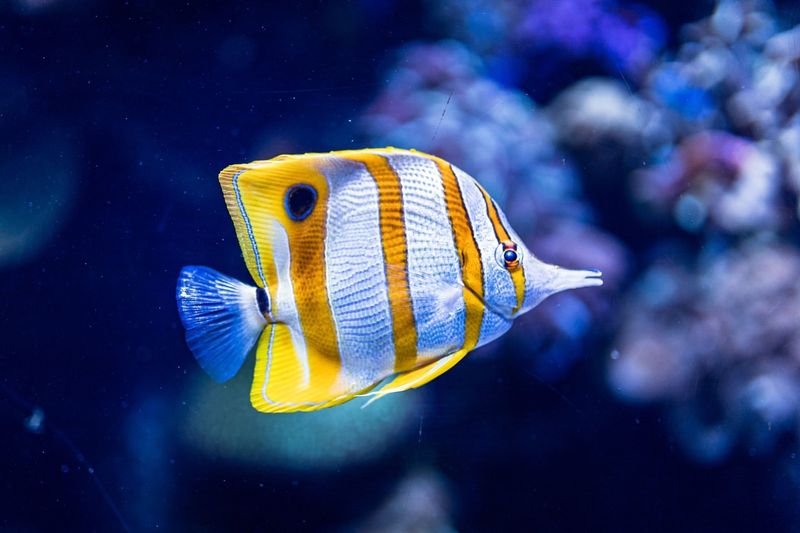
Butterflyfish are known for their striking patterns and colors. These fish can change hues subtly, allowing them to communicate and adapt to their surroundings.
Color changes in butterflyfish are often associated with social interactions and environmental conditions. Their vibrant scales can become more pronounced during mating or territorial disputes.
21. Mahi Mahi
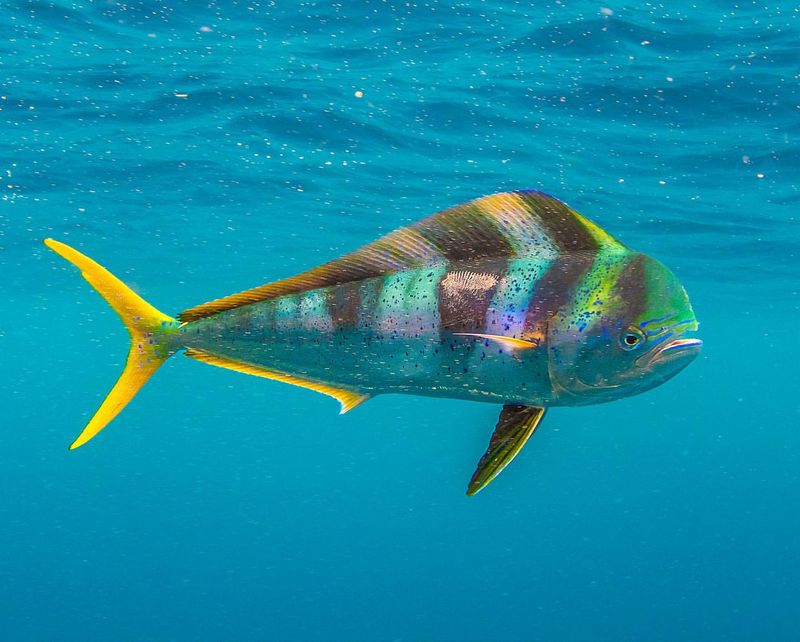
Mahi mahi, also known as dolphinfish, are celebrated for their vibrant colors and acrobatic leaps. These fish can change hues, especially when they are excited or stressed.
Color changes in mahi mahi are related to their behavior and environment. Their scales reflect light in different ways, creating a dazzling display as they swim.
22. Galactic Gurnard
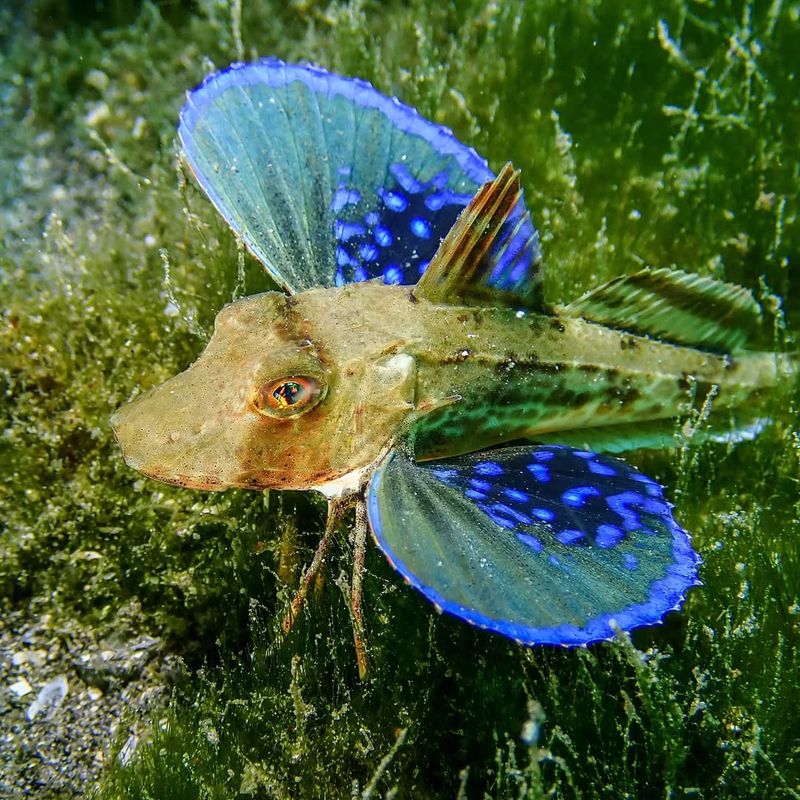
Meet the Galactic Gurnard, a bottom-dweller known for its striking and colorful display. Equipped with large pectoral fins, it unfurls them like vibrant wings, showcasing a breathtaking array of colors including electric blues and neon greens.
This dazzling display serves multiple functions. It confuses potential predators and attracts mates with its kaleidoscope-like appearance. Furthermore, the Galactic Gurnard’s colors can warn rivals or signal territory boundaries.

